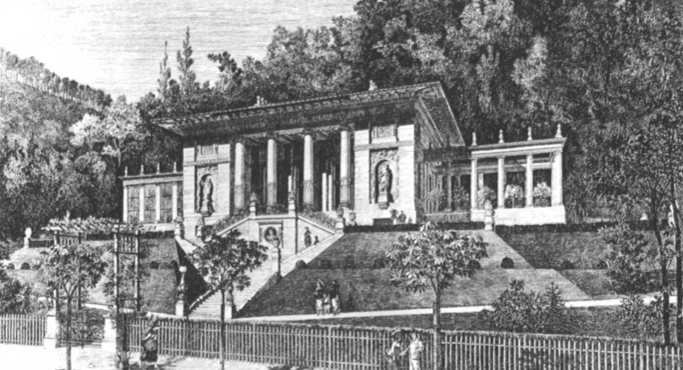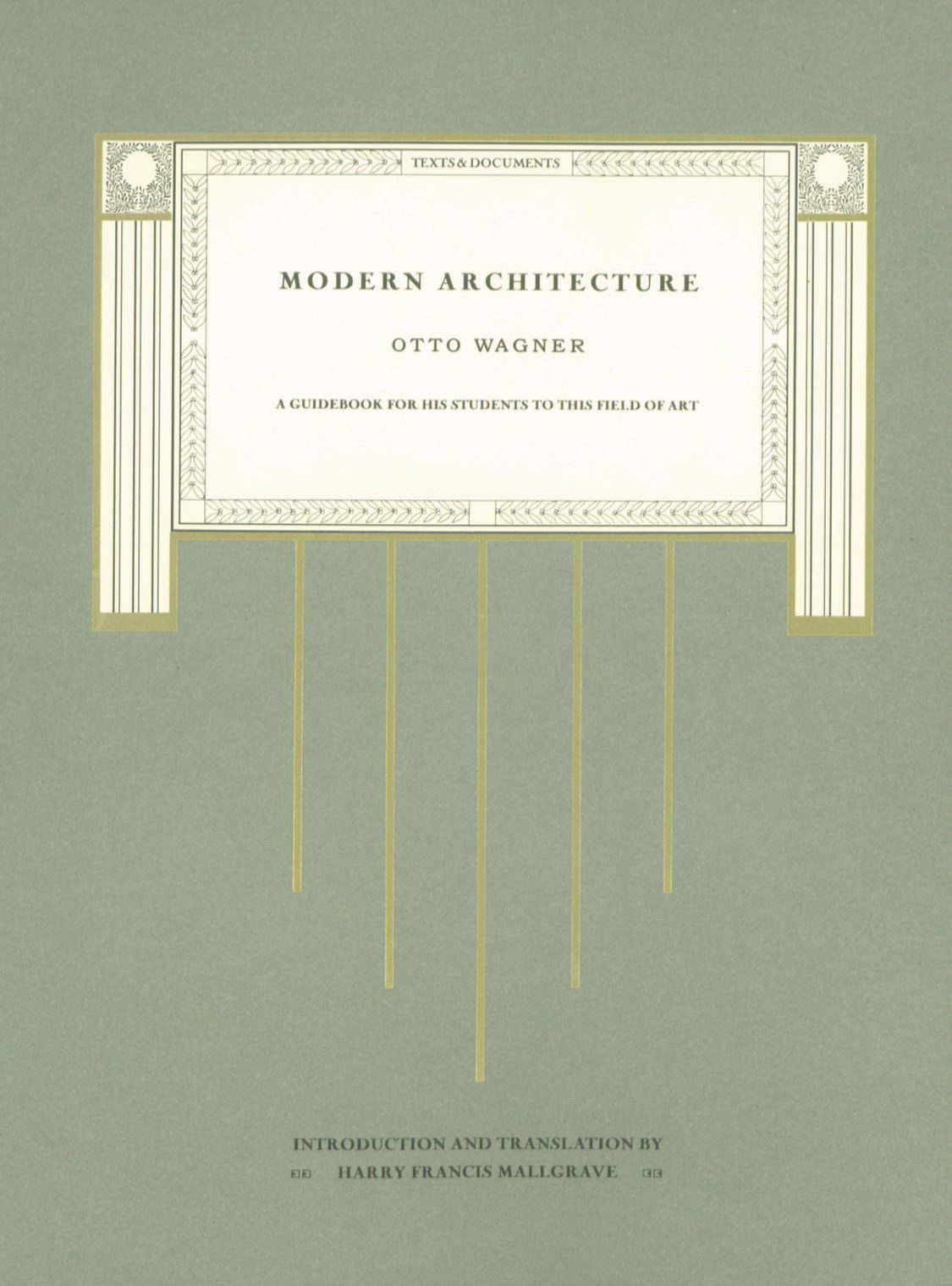
Wagner, Modern Architecture
In 1896, Otto Wagner’s Modern Architecture shocked the European architectural community with its impassioned plea for an end to eclecticism and for a “modern” style suited to contemporary needs and ideals, utilizing the nascent constructional technologies and materials. Through the combined forces of his polemical, pedagogical, and professional efforts, this determined, newly appointed professor at the Vienna Academy of Fine Arts emerged in the late 1890s—along with such contemporaries as Charles Rennie Mackintosh in Glasgow and Louis Sullivan in Chicago—as one of the leaders of the revolution soon to be identified as the “Modern Movement.” Wagner’s historic manifesto is now presented in a new English translation—the first in almost ninety years—based on the expanded 1902 text and noting emendations made to the 1896, 1898, and 1914 editions. In his introduction, Dr. Harry Mallgrave examines Wagner’s tract against the backdrop of nineteenth-century theory, critically exploring the affinities of Wagner’s revolutionary élan with the German eclectic debate of the 1840s, the materialistic tendencies of the 1870s and 1880s, and the emerging cultural ideology of modernity. Modern Architecture is one of those rare works in the literature of architecture that not only proclaimed the dawning of a new era, but also perspicaciously and cogently shaped the issues and the course of its development; it defined less the personal aspirations of one individual and more the collective hopes and dreams of a generation facing the sanguine promise of a new century.
Download
Wagner_Modern Architecture.pdf
Wagner_Modern Architecture.txt
Wagner_Modern Architecture.html
Wagner_Modern Architecture.jpg
Wagner_Modern Architecture.zip



